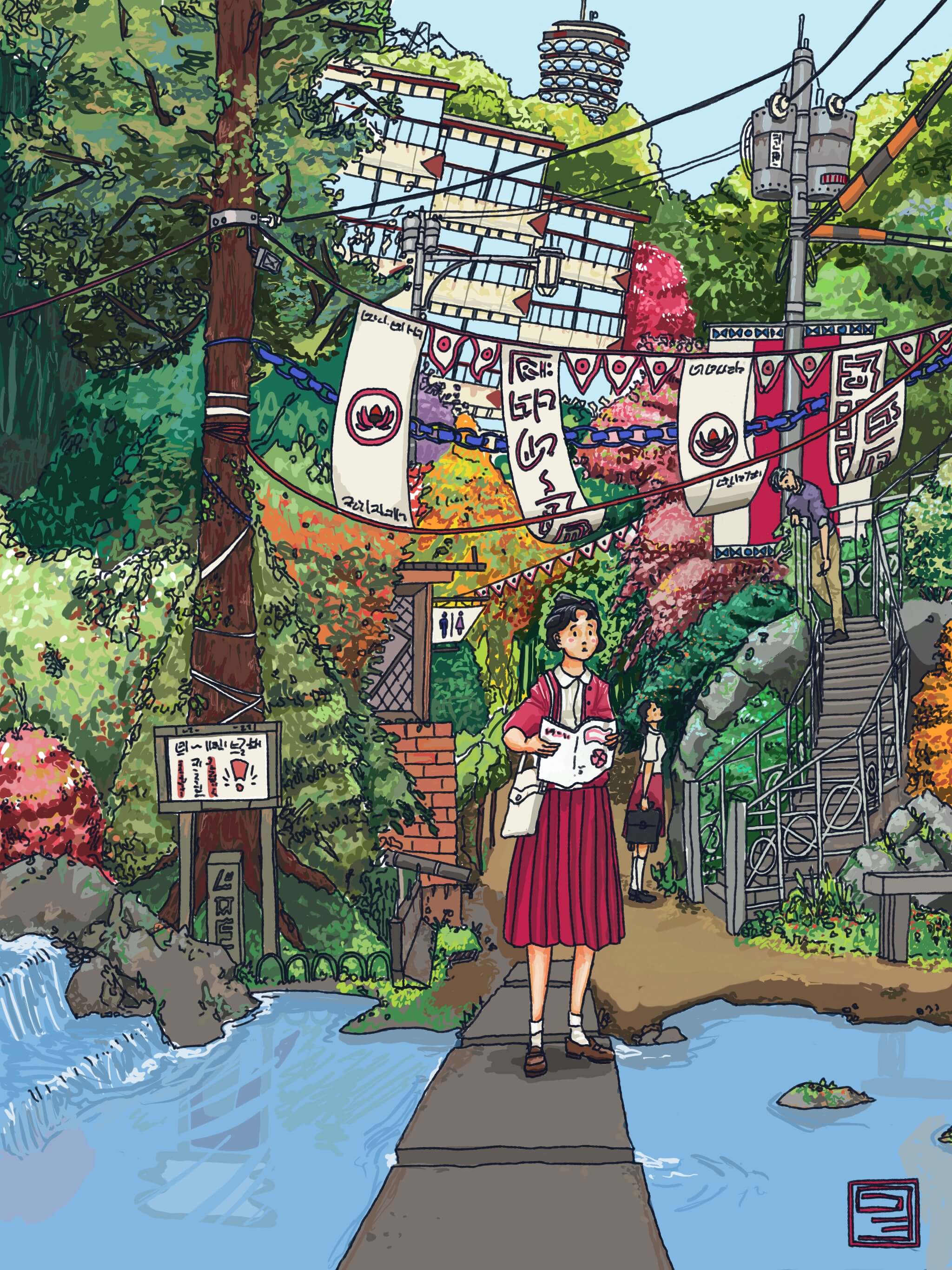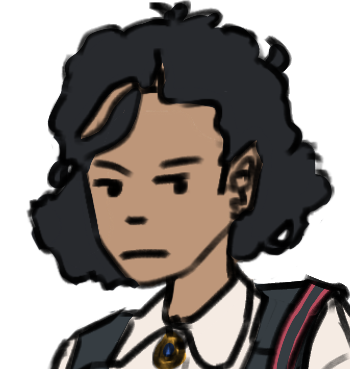NEW Story: Cocktail
Koka parks & municipal recreation

This article is not part of Vekllei canon. It may be old, obsolete or just a bit of fun.
Between the atomic fire that ruined the city, and the death of the king, there was a time when the city of Vekllei once resembled its lifeless lava fields to the North. In the communities that gathered themselves in the shadow of holocaust, common agriculture like fruits and berries returned to the city in what they call koka parkland.
Koka is the Vekllei word for forest (ka), combined with a prefixtual particle that ‘industrialises’ it. It is usually translated as ‘municipal forest’, and was designed for and continues to serve two purposes in the city today.
The first is that consumable raw agricultural products, like fruits, nuts and berries, were valuable commodity in the starving post-war neighbourhoods that emerged in the ruins of the old city. These foods were combined with bread and meat, staples of the Vekllei diet, to give flavour in a country without easy access to spices and salt. By integrating them into common gardens, the people of Vekllei returned the production of food into a common, shared space that predicated the wider decommodification of the country. To this day, very little fruit is distributed through grocers; it is grown freely and year-round in koka parks in the city.
The second is that Upen, the animistic spiritualism that guides most of Vekllei culture, blossomed in the ashes of the monarchy and revived a real desire to desegregate spirits from urban life. The construction of massive koka parks, filled with food and old trees and free-flowing water, offered an apology to the spirits driven out by industry and agriculture, and invited them to return to human settlement as fellow custodians of the earth. Many koka parks house temples for dialogue with spirits and sprites, and they bless the surrounding neighbourhoods.
To step into a koka park is to disappear from the urban world. Birds warble, leaves whisper to themselves and water trickles sweetly through bright mosses. The largest parks hide the surrounding skyline entirely, and disappear tourists for hours at a time, only to spit them out hours later, confused and exhausted. Any piece of infrastructure, any human touch, is strangled with banners and wires suspending pennants. In keeping with Vekllei Semaphore, a separate language from upotenne and written Vekllei, the flags themselves speak to visitors through their colour, direction and shape. The effect of being swallowed by a koka park is detoxifying and luxurious — and by the time your lunch break has ended, you are fed and at peace.
-– If you have any questions, let me know! You can read more about Koka parks and learn all about Vekllei at www.vekllei.city, which has just been redesigned and I think it looks pretty amazing.
Post Scriptum: The figure in this girl, Tzipora Desmoines, is in her second week in Vekllei in this picture. Timid and isolated through her sudden immigration, she makes her way through a koka park with a guide she can’t read, fretting about which tram she has to get back home.
